Planning Update: Mandatory Biodiversity Net Gain
While many existing local plans already require net gains in Biodiversity, under the Environment Act 2021, all planning permissions granted in England (with a few exemptions) will shortly have to deliver at least 10% biodiversity net gain (BNG). BNG will be implemented through secondary legislation with Natural England indicating that this will come into force on 6th November 2023 for major developments. There is a delayed implementation for non-major development until April 2024. Here, we consider the key implications of the implementation of BNG for planning and designing new development in England.
What is BNG?
BNG is an approach to new development and land management that aims to leave the natural environment in a measurably better state than before.

Why is BNG important?
Biodiversity is being lost at an alarming rate and our understanding of the scale of change, the underlying causes, and the actions that we need to take to respond has increased considerably in recent decades. The UK is one of the most nature-depleted nations on Earth. Over 40% of UK species are in decline, more than 40 million birds have been lost from our skies over the past 50 years and a quarter of UK mammals are threatened with extinction.
What are the key components of BNG?
The Environment Act sets out the following key components of mandatory biodiversity gain:
- Amends Town & Country Planning Act (TCPA);
- A minimum 10% gain is required calculated using the Biodiversity Metric & approval of a biodiversity gain plan;
- Habitat secured for at least 30 years via planning obligations or conservation covenants;
- Delivered on-site, off-site or via a new statutory biodiversity credits scheme; and
- National register for net gain delivery sites.
BNG does not change existing protections, so current legal and policy provisions relating to development impacts on the natural environment, including protected sites and species and priority species and habitats, all need to be considered in relation to habitat loss. Development cannot avoid this requirement by virtue of delivering a net gain. If there are protected species on-site then these should be approached and managed in the same way as they are currently.
How will mandatory BNG be calculated?
Mandatory BNG must be calculated using a standardised metric prepared by Natural England. Following a consultation in the Autumn of 2022, Natural England has now published an updated version of the metric (iteration 4.0).
The metric is a tool to measure a site’s existing value to wildlife taking into account factors including habitat type, size, condition, distinctiveness and location. These habitats are then converted into measurable ‘biodiversity units’. Although the metric is publicly available it should be completed by a competent person. In most cases this will require a qualified ecologist.
Implications for future planning applications
Many existing local plans already require net gains in Biodiversity, but the implementation of the Environment Act will place a statutory duty on new development to provide a mandatory minimum of 10% BNG. From 06th November 2023 for major development, and April 2024 for non-major development (subject to secondary legislation coming into force), planning applications will need to include biodiversity net gain information which will set out:
- the application site’s pre-development biodiversity value;
- steps taken to minimise adverse biodiversity impacts;
- the proposed approach to on-site enhancements; and
- any proposed off-site biodiversity enhancements including the use of government-backed credits which must be maintained for at least 30 years.
What about outline applications and phased developments?
For outline and phased developments, more detail will need to be submitted including an explanation of how BNG will be delivered across the whole site and how BNG will be provided if later phases do not come forward.
What types of development must deliver mandatory BNG?
All major residential, industrial, commercial, and mixed-use developments will be required to achieve a minimum of 10% BNG from November 2023.
The Government has confirmed the following development exempt from mandatory BNG:
- development impacting habitat of an area below a ‘de minimis’ threshold of 25 metres squared, or 5m for linear habitats such as hedgerows and watercourses
- householder applications
- biodiversity gain sites (where habitats are being enhanced for wildlife)
- small-scale self-build and custom housebuilding.
The Government has also confirmed that there is a delay for mandatory BNG for small sites until April 2024. The Small Sites Metric (SSM, a simplified version of the |Biodiversity Metric 4.0) has been specifically designed for use on small development sites. The small sites must meet the following criteria:
For residential development:
- there are fewer than 10 residential units on a site area (no more than 9 units) less than 1 hectare; or
- if number of residential units is not known, the site area is less than 0.5 hectares
For non-residential development:
- where the floor space to be created is less than 1,000 square; or
- where the site area is less than 1 hectare
Currently, mandatory BNG will be required for development on Brownfield Land, Previously Developed Land, Change of Use and Temporary applications.
What is the planning mechanism for securing BNG post-consent?
The legislation prescribes a pre-commencement condition for all development in England. The information provided with the application will need to be followed by a more detailed biodiversity net gain plan which will require approval prior to development commencing through a discharge of condition application.
What planning legal mechanisms will be required to secure BNG?
The appropriate legal mechanism for securing BNG mitigation will depend upon the proposed delivery strategy for the development but could include Planning Conditions, S106 Agreements, Section 33 Agreements and Conservation Covenants or a combination of the above. The drafting, negotiation and signing of legal agreements will incur additional time and costs resources which should be factored into development viability and project timelines going forward.
Cautionary note on the baseline date
To prevent site manipulation from developers to meet the number of BNG units required, sites where a habitat has recently been degraded, cannot be used for mandatory BNG. If the habitat in question was degraded after 30 January 2020, the baseline should be taken from the evidenced condition of the pre-degraded site. If there is a dispute over when it was degraded, for example, there is no evidence of a backlog of habitat monitoring, the condition baseline date defaults to 30 January 2020.
Using Biodiversity Units and Statutory Credits as a last resort
You can buy Biodiversity units within the local area when you cannot achieve the 10% net gain yourself on or offsite. These would be required through a section 106 agreement and in some local areas can be obtained through investments into schemes run by the local authority. Statutory credits are purchased as an absolute last resort. They will be managed by the central government and will be delivered offsite. There is the option to buy these before the commencement of development.
Summary
BNG represents a key consideration in reaching a decision about site acquisition and will need to inform site layouts and detailed design of projects. Having a clear understanding of a site’s biodiversity value in the pre-development stages will be a key consideration going forward as will understanding the potential implications.
For more information on mandatory biodiversity net gain and how this might affect your project, please contact Ifti Maniar, Director of Planning
Sources:
BNG – Biodiversity net gain – GOV.UK (www.gov.uk)
Units and Credits – Combining environmental payments: biodiversity net gain (BNG) and nutrient mitigation – GOV.UK (www.gov.uk)
SSM – The Small Sites Metric (Biodiversity Metric 4.0) – JP040 (naturalengland.org.uk)




